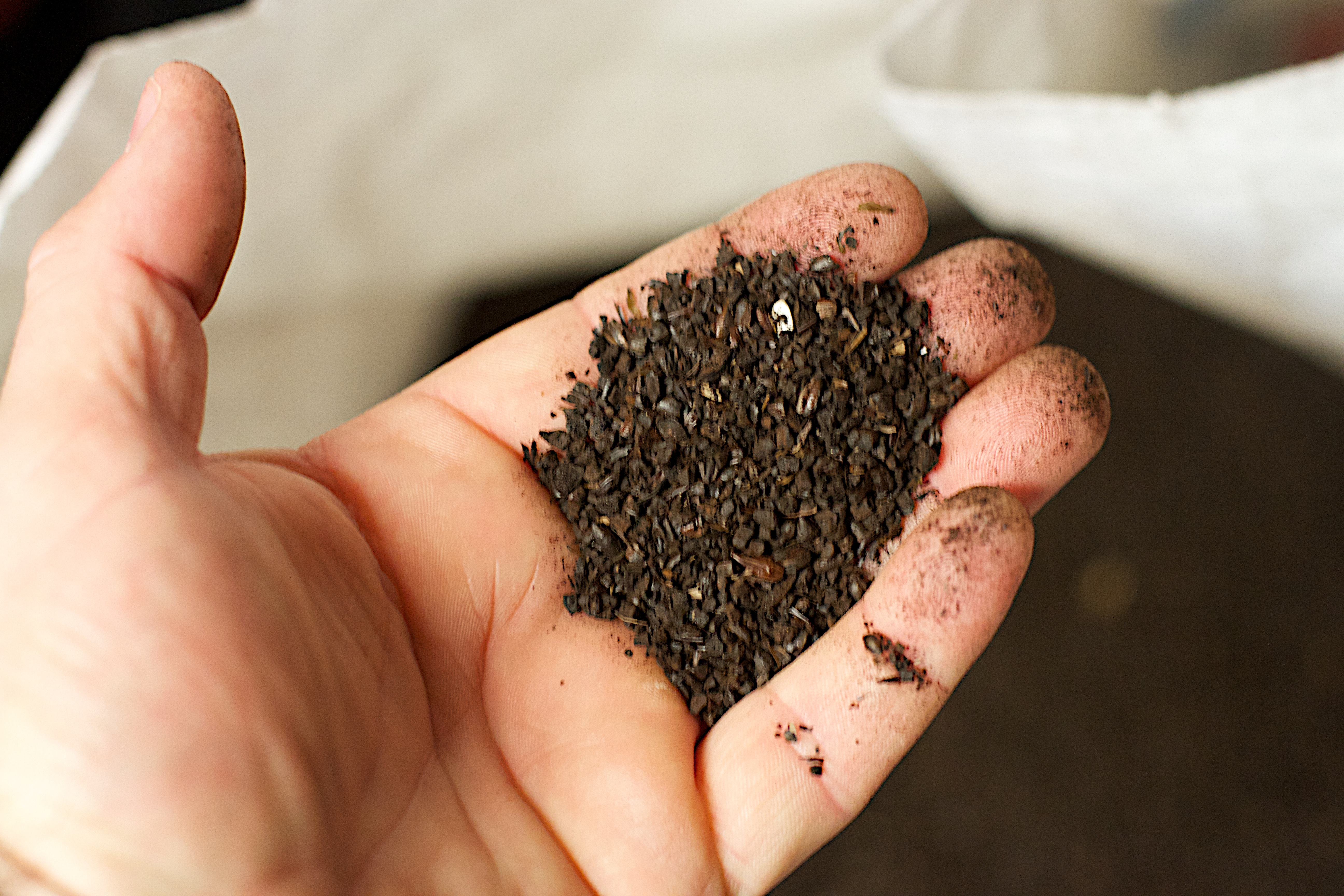A group of researchers in Spain has managed to turn a brewery by-product into a fuel that’s similar to conventional gasoline.
“In Heaven There Is No Beer”, as the famous German song goes. There may not be any beer in the sky, but on Earth this drink (that was already being produced back in Mesopotamia) is one of the most popular in the world. According to data from Statista, global beer production in 2017 was 1.95 billion hectolitres (one hectolitre is one hundred litres).
Although this drink has been filling our stomachs for centuries, one day it might be filling the tank of our cars too, ever since a group of researchers from the University of Valladolid (Spain) managed to produce a type of combustion fuel (butanol to be precise) from a by-product of the brewing process known as spent brewers grains. Brewers grains are an organic solid substance that’s left over after germinated and dried cereal grains (malt) has been processed to make beer (and sometimes other malt products like malt vinegar). For each 100 litres of beer that’s produced, around 20 kilos of brewers grains are left over.
The brewing industry has been looking for ways to take advantage of this by-product for years. Sometimes it goes to farmers as a feed supplement for livestock, sometimes it goes to compost – and sometimes it simply ends up in landfill. Isn’t there a better use for these leftovers? A way to bring the brewing industry a step closer to a circular economy by turning them into a new product?
It seems like one future potential use is as a source of combustion fuel. Researchers at Valladolid University had been working with biofuels for around 10 years. In particular, those known as “second-generation” or “advanced” biofuels, meaning fuels that are manufactured from various types of non-food biomass – here plant materials and animal waste. In 2012 they began to investigate the possibility of making bioethanol from beetroot and molasses waste, and then discovered the opportunities posed by brewers grains. “We found it interesting, because we grow a lot of gains in this region and there are two large beer companies. And a lot of smaller firms are also popping up, with the boom in artisanal beer brands. We realised that actually only a part of the brewing waste was being used for animal feed,” explains the project’s principal researcher, Mónica Coca. The research group began working with brewing waste from a local company, Cerveza Milana, and also from the multinational Mahou San Miguel.
But the circular economy thinking didn’t stop there – the researchers are also working to obtain other products from the grains, including prebiotics and antioxidants for the food industry. “It is about making plants more profitable, looking for value-added products, and reducing processing costs in order to be able to replicate them on an industrial scale,” Coca concludes.
Taking beer from pub to lab
To produce beer, grain is mixed with water and “mashed” to extract the sugars. Then the hops are added and the liquid, which is left to ferment, is separated from the solid – the spent brewers grain. Due to its high sugar content, this compound has a high calorific value. The process of turning that compound into fuel then takes place in four stages. First they modify the structure of the grains by applying heat, high temperature microwave energy and mixing it with water. Then an enzyme-based catalyst is added to completely break down the structure of the cellulose and release the sugars needed for fermentation and the production of butanol. Finally, the butanol, which is diluted in the resulting final mixture, has to be purified and cleaned.
Ethanol has become a leading biofuel — and in many countries around the world it is added to gasoline as a biofuel additive — despite it having several major drawbacks. For example, ethanol has a lower energy content per gallon than gasoline, meaning it can reduce fuel mileage. And ethanol also has a corrosive effect on car engines – so it can’t be used in high concentrations. While the calorific value of ethanol is 19.6 megajoules per litre, that of butanol is 29, so you need less butanol fuel to produce the same amount of energy. Butanol is also less flammable than ethanol, making it easier to handle, and it’s less corrosive, meaning more of it can be blended into each gallon of gasoline.
In fact, some believe that cars could in the future be fuelled completely on pure butanol and would be completely fine. As a result, butanol has recently gained a reputation as the “sustainable fuel of the future”.
How sustainable are biofuels really?
The ecological impact of biofuels is a matter of much debate. While biofuels produce similar carbon dioxide emissions to ordinary fossil fuels, the plants used in the production of biofuels obviously absorb carbon dioxide from the atmosphere as they grow – somewhat mitigating the impact of the burning of the fuel. Many countries have subsidised the use of biofuels in an effort to reduce greenhouse gas emissions, but campaigners say focusing on bio-based crops may in fact be doing more harm than good – with farmers across the world (particularly in Southeast Asia and South America) incentivised to start growing crops for fuel instead of food, and razing forests in order to grow biofuel crops. That change in farming land use, experts say, is actually causing more carbon emissions than biofuels are able to abate in the transport field. A study released in 2016 actually concluded that the EU’s renewables law has probably increased carbon emissions since it was put in place in 2009.
Transitioning to “second-generation” or “advanced” biofuels, which is made from non-food crops, like algae, or agricultural residues or waste, like brewers grains, will be key to sustainable transportation in the transitional period between conventional combustion engines to electric vehicles.









